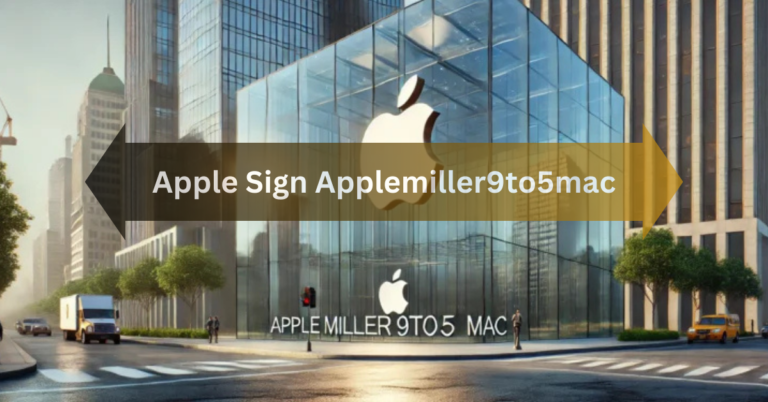How does blockchain technology work?
Blockchain technology has garnered significant attention in recent years due to its potential to revolutionize various industries. But how exactly does blockchain work, and what makes it such a groundbreaking innovation?
Introduction to Blockchain Technology
Blockchain is a decentralized digital ledger technology that enables secure and transparent transactions across a network of computers. Unlike traditional centralized systems, where a single authority controls the data, blockchain distributes information across multiple nodes, ensuring that no single entity has control over the entire network.
What is Blockchain Technology?
Definition of Blockchain Technology
At its core, blockchain is a series of blocks, each containing a list of transactions. These blocks are linked together in chronological order, forming a chain. Each block is cryptographically linked to the previous one, creating an immutable record of all transactions.
Components of Blockchain
Blocks
Blocks are the building blocks of the blockchain. Each block contains a list of transactions, a timestamp, and a unique cryptographic hash that links it to the previous block.
Nodes
Nodes are individual computers connected to the blockchain network. Each node stores a copy of the entire blockchain, allowing for redundancy and resilience.
Miners
Miners are responsible for validating transactions and adding them to the blockchain. They compete to solve complex mathematical puzzles, with the first miner to solve the puzzle earning the right to add a new block to the chain.
How Does Blockchain Work?
Decentralization
One of the fundamental aspects of blockchain is decentralization. Instead of relying on a central authority to verify transactions, blockchain uses a distributed network of nodes. This decentralization ensures that no single entity has control over the network, making it resistant to censorship and tampering.
Transparency
Another key feature of blockchain is transparency. Since all transactions are recorded on a public ledger, anyone can view the transaction history. This transparency enhances trust and accountability, as it eliminates the need for intermediaries to verify transactions.
Immutability
Blockchain achieves immutability through cryptographic hashing. Each block contains a unique cryptographic hash, which is generated based on the data within the block. Any alteration to the data would result in a change in the hash, alerting the network to tampering attempts.
The Process of Transaction Verification
Nodes and Miners
Transactions on the blockchain are verified by nodes and miners. Nodes are computers connected to the network that store a copy of the blockchain. Miners are responsible for validating transactions and adding them to the blockchain through a process called mining.
Consensus Mechanisms
Blockchain networks use consensus mechanisms to ensure agreement among nodes on the validity of transactions. Popular consensus mechanisms include Proof of Work (PoW) and Proof of Stake (PoS), each with its own advantages and disadvantages.
Security Features of Blockchain
Cryptography
Blockchain relies on cryptographic techniques to secure transactions and protect data. Public key cryptography is used to generate digital signatures, which verify the authenticity of transactions and ensure that only authorized users can access the data.
Distributed Ledger
The distributed nature of blockchain makes it resistant to attacks and data breaches. Since the data is stored across multiple nodes, compromising a single node would not affect the integrity of the entire network.
Smart Contracts
Smart contracts are self-executing contracts with the terms of the agreement written into code. These contracts automatically execute when predefined conditions are met, eliminating the need for intermediaries and reducing the risk of fraud.
Applications of Blockchain Technology
Blockchain technology has a wide range of applications across various industries:
- Cryptocurrencies: Bitcoin and other cryptocurrencies utilize blockchain technology for secure peer-to-peer transactions.
- Supply Chain Management: Blockchain enables transparent and traceable supply chains, reducing fraud and counterfeit goods.
- Voting Systems: Blockchain can be used to create secure and tamper-proof voting systems, ensuring the integrity of elections.
Challenges and Limitations
Despite its many benefits, blockchain technology faces several challenges and limitations:
- Scalability: Blockchain networks can struggle to handle large volumes of transactions, leading to slow processing times and high fees.
- Energy Consumption: Proof of Work consensus mechanisms require significant computational power, leading to high energy consumption.
- Regulatory Issues: The decentralized nature of blockchain raises regulatory concerns, particularly regarding taxation, privacy, and data protection.
Future Outlook
Despite these challenges, the future of blockchain technology looks promising. Ongoing research and development efforts are focused on addressing scalability issues, improving energy efficiency, and enhancing regulatory compliance. With continued innovation, blockchain has the potential to revolutionize numerous industries and reshape the digital landscape.
Conclusion
In conclusion, blockchain technology represents a significant advancement in the field of digital innovation. Its decentralized, transparent, and secure nature makes it suitable for a wide range of applications, from finance to supply chain management. While challenges remain, the future outlook for blockchain is optimistic, with continued growth and adoption expected in the years to come.
FAQs
What is blockchain technology?
Blockchain technology is a decentralized digital ledger technology that enables secure and transparent transactions across a network of computers.
How does blockchain achieve security?
Blockchain achieves security through cryptographic techniques, distributed ledger technology, and smart contracts.
What are some applications of blockchain technology?
Blockchain technology has applications in cryptocurrencies, supply chain management, voting systems, and more.
What are the main challenges facing blockchain technology?
The main challenges facing blockchain technology include scalability, energy consumption, and regulatory issues.
What is the future outlook for blockchain technology?
Despite challenges, the future outlook for blockchain technology is optimistic, with continued growth and adoption expected in various industries.







